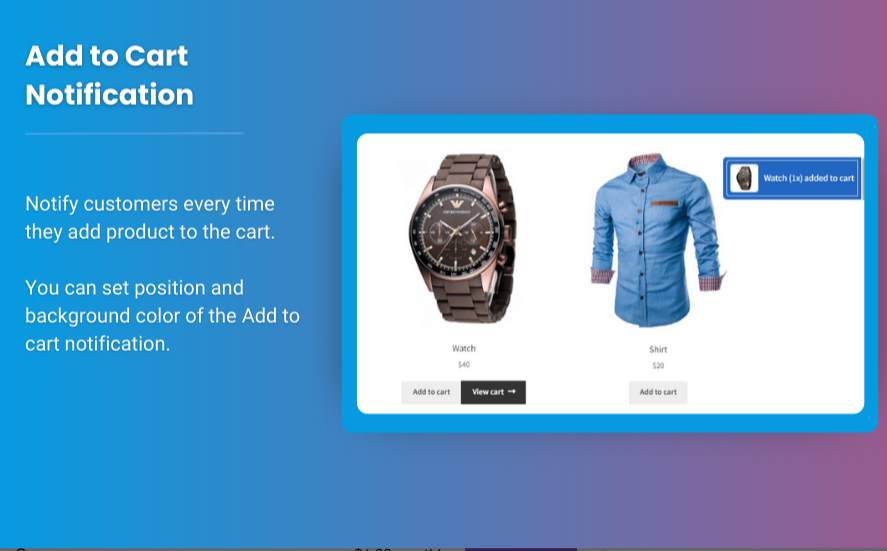Exploring Web Design Trends in 2024: Crafting Digital Experiences with Innovation

In the dynamic realm of web design, staying ahead of the curve is paramount. As technology evolves and user preferences shift, designers must adapt to emerging trends to ensure their creations remain relevant and engaging. In 2024, the digital landscape is witnessing an exciting convergence of creativity and functionality, giving rise to innovative web design trends that redefine the way we interact with websites. Let’s delve into some of the prominent trends shaping the world of web design today.
Elevating User Engagement through Cutting-Edge Design and Development
-
Immersive Experiences with 3D Elements: One of the most striking developments in web design is the integration of three-dimensional (3D) elements. By incorporating depth and realism into web interfaces, designers can create immersive experiences that captivate and engage users. Whether it’s a product showcase, virtual tour, or interactive storytelling, 3D elements add a new dimension to web design, quite literally.
-
Dark Mode for Enhanced User Experience: Dark mode has emerged as a popular choice for both aesthetic and practical reasons. Not only does it reduce eye strain in low-light environments, but it also adds a touch of sophistication to website designs. With more devices and operating systems offering dark mode options, designers are leveraging this trend to create sleek and modern interfaces that resonate with users.
-
Minimalism with Maximal Impact: While minimalism is not a new concept in web design, its timeless appeal lies in its ability to convey clarity and elegance. In 2024, minimalist design principles are being applied with a twist, focusing on bold typography, ample white space, and subtle animations to create visually striking yet functional websites. By stripping away unnecessary elements, designers can direct users’ attention to the most important content and actions.
-
Personalized User Experiences: As data analytics and machine learning technologies continue to advance, websites are becoming more adept at delivering personalized experiences tailored to each user’s preferences and behavior. From customized recommendations to dynamic content based on user interactions, personalization fosters deeper engagement and encourages return visits. Designers are leveraging this trend to create seamless and intuitive user journeys that anticipate and fulfill individual needs.
-
Accessibility as a Design Imperative: Inclusivity and accessibility are no longer optional considerations but essential components of effective web design. Designers are prioritizing accessibility by implementing features such as alt text for images, keyboard navigation, and color contrast optimization to ensure that websites are usable by all individuals, regardless of their abilities or assistive technologies.
-
Integration of Voice User Interfaces (VUI): With the growing prevalence of voice-enabled devices and virtual assistants, designers are exploring ways to integrate voice user interfaces (VUI) into website experiences. Whether it’s voice search functionality, interactive chatbots, or voice-controlled navigation, VUIs offer a hands-free and intuitive way for users to interact with websites, making information more accessible and tasks more convenient.
Web Development Services:
In tandem with these design trends, the importance of strong web development services cannot be overstated. Web development encompasses the technical implementation and functionality of websites, ensuring seamless performance across various devices and platforms. From front-end development, which focuses on the visual and interactive aspects of websites, to back-end development, which handles server-side operations and database management, a comprehensive approach is essential for creating high-quality web experiences.
Moreover, with the increasing demand for dynamic and interactive web applications, developers are leveraging frameworks and technologies such as React.js, Angular, and Vue.js to build responsive and feature-rich interfaces. Additionally, the rise of progressive web apps (PWAs) is blurring the lines between web and native mobile experiences, offering users the speed and convenience of native apps without the need for downloads or installations.
Conclusion
Web design in 2024 is characterized by a blend of creativity, technology, and user-centricity. By embracing emerging trends and leveraging advanced development services, designers can craft digital experiences that not only meet the needs of today’s users but also anticipate the demands of tomorrow’s digital landscape. As we continue to push the boundaries of innovation, the possibilities for web design are limitless, promising a future where every click leads to a captivating and seamless online journey.


